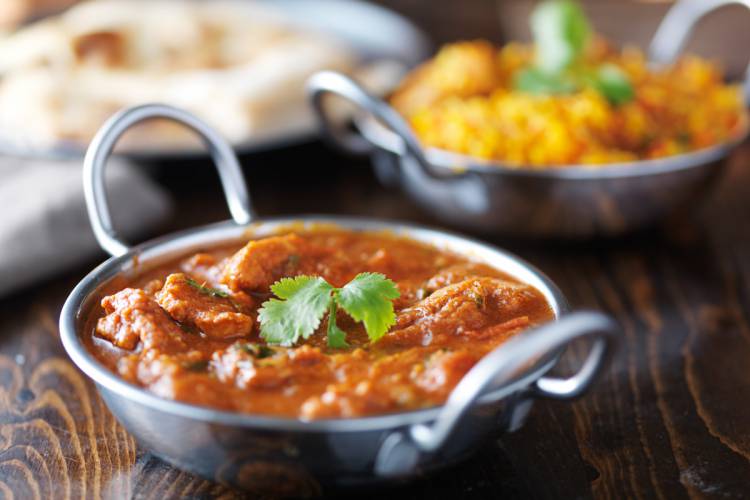Potatoes: varieties, types and nutrients
Potatoes are one of the most popular foods in the world. They are the staple food of many cultures, and in ours, they are a kind of “ally” that is it good to have on our side.
TRIED AND TESTED
Share
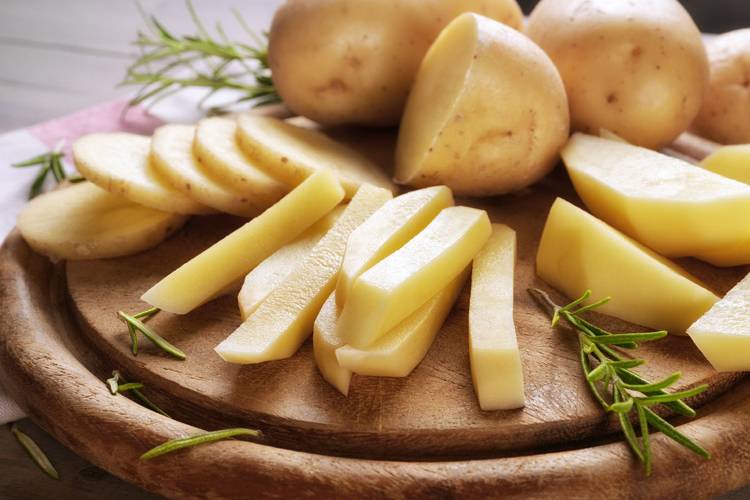
150 varieties of potato are cultivated in Spain, from the earliest to the latest varieties; they come in several skin colours and appear at various times of the year. Although they can be classed in many ways, the most interesting way is to class them by their culinary use, as success in the kitchen often depends on the type of potato we use.
NEW OR OLD?
The main difference between new potatoes and old potatoes is the time passed between its harvest and its consumption. New potatoes are harvested and commercialised during the season and their storage time is minimal (2 months maximum), whereas old potatoes are kept in cold storage for up to 9 months at a low temperature, and therefore last longer.
In Spain, new potatoes can be found in supermarkets from April to November. The rest of the year, from December to March, old potatoes are predominantly found.
As for their results in the kitchen, their main difference is found in their taste and colour. Old potatoes, as they are stored at a low temperature, transform starch into sugar, and when fried, they become darker and are sweeter. Also, their nutritional properties slightly decrease over time.
A POTATO FOR EACH DISH
Although we often use potatoes without thinking about what we are going to cook, it is recommended to choose the variety depending on whether we are going to eat them boiled, fried, baked or in a stew.
TO FRY
TO FRY
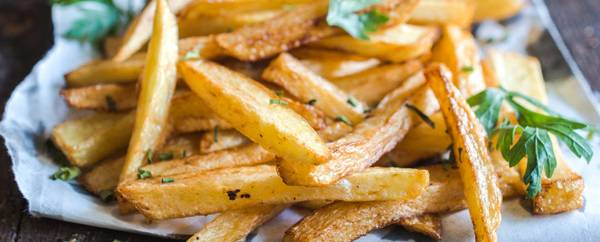
These are varieties with a high dry matter content and a low sugar content. This means that they are denser, and when fried they are hard and crunchy on the outside, while soft on the inside. Also, they do not darken. Some varieties with these characteristics are: Frisia, Caesar or Agria, among others.
It is recommended to soak them in water for a few minutes so that they lose some starch, and then dry them well with paper towel.
TO BOIL
TO BOIL
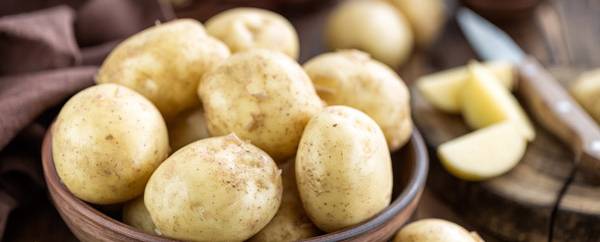
Varieties to boil must be firm and not floury. If they are boiled alone, it is a good idea to leave the skin on to preserve their flavour and nutritional components, adding a good pinch of salt. In this group are the following varieties: Vivaldi, Monalisa, Eros, Sifra, Colomba, Lucinda, Melody, Agata, Carrera, etc.
These varieties are also often cooked in the microwave and steamed.
'GENERAL PURPOSE' POTATOES
'GENERAL PURPOSE' POTATOES

These are varieties which because of their characteristics are very versatile in the kitchen, and which could be defined as “multi-purpose”, that is, which can be used to prepare any kind of meal. Among this group are the following varieties: Monalisa, Sifra, Lucinda, Melody, etc.
RED POTATOES
RED POTATOES
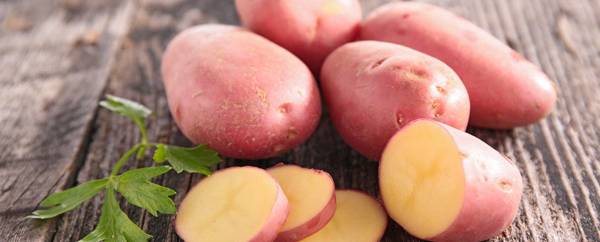
The only difference with other varieties is the skin colour. But, as for white potatoes, their culinary uses are varied (fried, boiled, muli-purpose) and depend on the variety. Among this group are the following varieties: Mozart, Memphis or Rudolph..
TO BAKE
TO BAKE
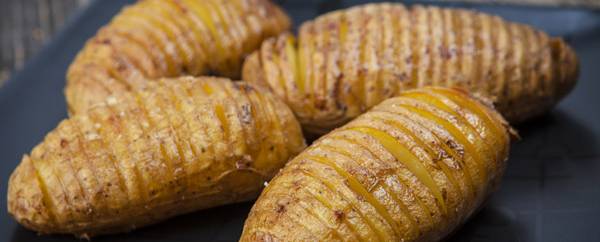
Usually, dense, medium-large varieties are used for baking. The floury varieties are excellent, because their texture is modified and becomes soft without disintegrating. Some of the most used varieties are: Vivaldi, Monalisa, Sifra, Caesar, among others.
To bake them on a barbecue it is recommended to wash them beforehand, to spike them several times and then to wrap them in kitchen foil.
TO MAKE A STEW
TO MAKE A STEW
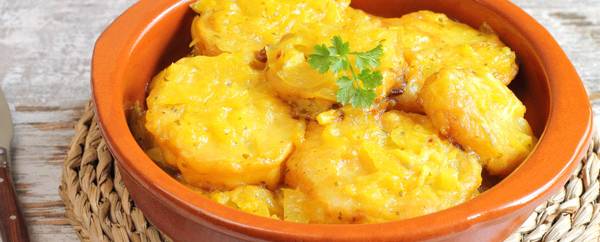
Stews with potatoes are usually hearty meals, so you must choose the right type of potato which will release enough starch to thicken the stew without disintegrating. Also, the way you cut them is essential: it is recommended to make a small cut and then break them open so that they release the starch. The most appropriate varieties are Monalisa and Kennebec.







